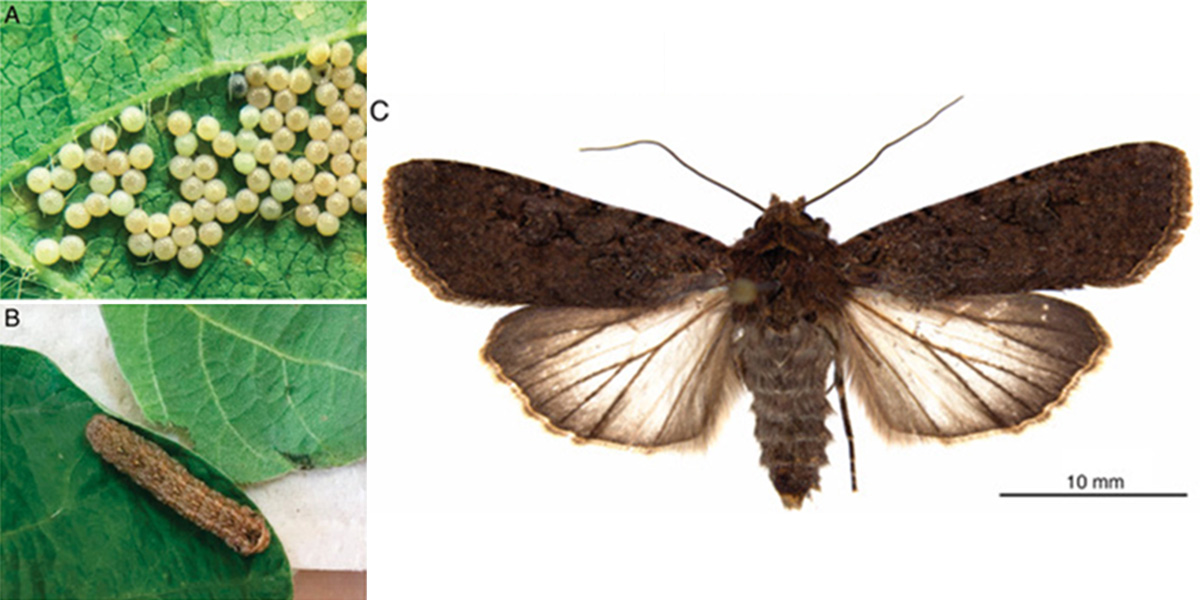
New study confirms GM Bt crop technology is not sustainable
In Brazil, researchers have found a pest called the variegated cutworm, Peridroma saucia Hübner, on soybeans that are both GM Bt insecticidal and glyphosate-tolerant, as well as on GM soybeans that are only tolerant to the herbicide glyphosate. This pest has not been seen before on soybeans.
The new study (see abstract below) shows that even when the Bt insecticidal toxin in the GM Bt crop is at first effective against the target pest, "secondary non-susceptible [to Bt toxin] pests may become primary pests, occupying the ecological vacant niche and using the available resource, causing significant damage to the crop".
An additional problem with GM Bt crops is that the target pests evolve resistance to the Bt toxin. This resistance has been documented in numerous GM Bt crops in many countries.
The message is that, as we have often said, GM Bt insecticidal crop technology is not sustainable and stems from a doomed-to-fail model of pest "whack-a-mole".
---
First record of Peridroma saucia Hübner (Lepidoptera: Noctuidae) in transgenic soybeans
Tamara A. Takahashi, Guilherme Nishimura, Eduardo Carneiro, Luís A. Foerster
Revista Brasileira de Entomologia
Available online 12 June 2019
https://www.sciencedirect.com/science/article/pii/S0085562618300736
Abstract
The widespread cultivation of transgenic soybeans has caused significant changes in the spectrum of Lepidoptera larvae, both in the number of species as well as on their densities in the field. Transgenic crops producing Bacillus thuringiensis (Bt) insecticidal proteins have successfully reduced the incidence of the most common caterpillars infesting soybeans, namely Anticarsia gemmatalis (Lepidoptera: Erebidae) and Chrysodeixis includens (Lepidoptera: Noctuidae). However, lepidopteran species not previously recorded on the crop have been recently found, and are of concern due to the possibility of adaptation to the genetically modified cultivars. The occurrence of Peridroma saucia Hübner (Lepidoptera: Noctuidae) is described for the first time in Brazil feeding on genetically modified soybean cultivars.










